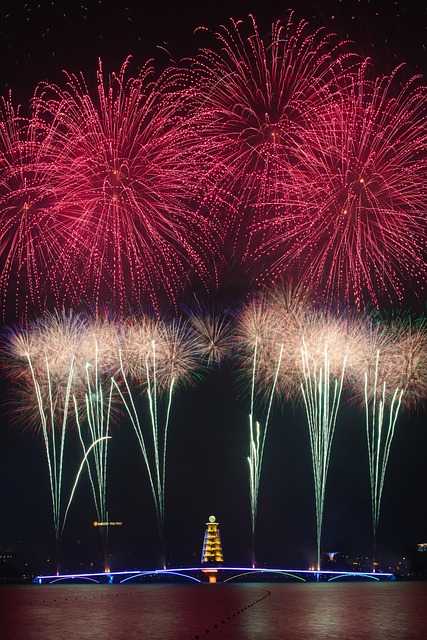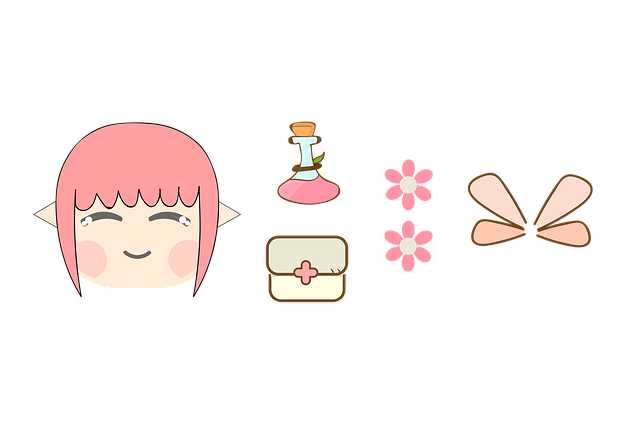Table of Contents
- Exploring the Essence of Abstraction in Art
- Techniques That Define Abstract Artistry
- Navigating the World of Color in Abstract Works
- Curating Your Own Collection of Abstract Art
- Q&A
- In Summary


Exploring the Essence of Abstraction in Art
Abstraction in art transcends the mere representation of reality, inviting viewers into a realm where emotions and ideas manifest through shapes, colors, and forms. By prioritizing these elements over direct depictions, abstract artworks create a dialogue that speaks to the individual’s perception and interpretation. This freedom allows artists to express complex concepts such as emotions, philosophies, and human experiences in ways that can resonate deeply or provoke thoughtful inquiry. Each piece becomes a multifaceted exploration, a question posed to the observer rather than a clear-cut answer.
One of the hallmarks of abstract art is its variety of styles. Some artworks embrace expressiveness through chaotic brushstrokes and vivid colors, while others present a more serene equilibrium with geometric patterns and soft hues. The movement towards abstraction has spawned various styles, including Cubism, Futurism, and Expressionism, each contributing a unique perspective on the essence of reality. In celebrating such diversity, artists encourage viewers to find their personal connection amidst the chaos or order present in the canvas.
Engaging with abstract art often involves navigating an emotional landscape where artists communicate through symbols rather than literal forms. This symbolic language may resonate differently with individuals, inviting a personal reflection that can evoke a wide range of sentiments, from comfort to discomfort. The viewer’s background, experiences, and state of mind play a significant role in shaping their interpretation. Hence, a single abstract artwork has the potential to embody multiple meanings, creating a rich tapestry of possible understandings.
| Style of Abstraction | Key Features |
|---|---|
| Cubism | Multiple perspectives, geometric shapes, fragmentation |
| Futurism | Movement, energy, modernity, dynamic lines |
| Expressionism | Emotional intensity, exaggerated forms, bold colors |
| Minimalism | Simplification, limited palette, focus on form |
Techniques That Define Abstract Artistry
Abstract artistry is a captivating realm that transcends traditional representation, challenging both the artist and the viewer to explore the depths of imagination. One of the key techniques in this genre is the use of color. Artists often employ bold and contrasting hues to evoke emotion or convey different moods. Instead of adhering to realistic color palettes, they experiment with various shades, crafting a visual experience that may resonate on a personal level. This deliberate choice can transform simple shapes into profound statements.
Another essential technique is the manipulation of form and shape. In abstract art, the perception of form is liberated from its conventional constraints. Artists blend geometric patterns with organic shapes, creating a sense of movement and dynamism. The freedom to distort and rearrange forms allows for an exploration of concepts that might be otherwise constrained by realism. This technique enables viewers to interpret the artwork in a multitude of ways, as each shape can represent different thoughts or feelings.
Furthermore, texture plays a significant role in defining abstract works. Artists might incorporate mixed media, layers of paint, or even different materials to introduce tactile dimensions. The interplay of smooth and rough surfaces can draw the viewer closer, inviting them to engage with the piece on a deeper level. Techniques such as layering and scraping can create depth and intrigue, prompting viewers to discover nuances each time they revisit the artwork.
| Technique | Description |
|---|---|
| Color Usage | Utilization of bold and contrasting hues to evoke emotions. |
| Form Manipulation | Blending geometric and organic shapes for dynamic expression. |
| Texture** | Incorporating mixed media for tactile depth in artwork. |


Navigating the World of Color in Abstract Works
Color is the heartbeat of abstract art, breathing life into the canvas and drawing viewers into a visceral experience. In the realm of abstraction, artists wield color not just to depict, but to provoke emotions and stir the imagination. The choice of hues can evoke happiness, sadness, tension, or calmness, transforming a piece from a mere arrangement of shapes into a profound statement. For artists, the exploration of color begins with understanding the color wheel and the relationships that exist within it.
Successful abstract artists often utilize complementary colors to create visual tension and interest. For instance, pairing warm hues with cool ones can energize a composition, while analogous colors might result in a harmonious and soothing effect. To master the application of color, artists can experiment with various techniques such as layering, blending, or glazing to achieve depth and complexity within the piece. Here are some fundamental color relationships to consider:
- Complementary Colors: Opposite each other on the color wheel, creating vibrancy.
- Analogous Colors: Next to each other, producing a serene and comfortable palette.
- Triadic Colors: Equally spaced around the wheel for a balanced, dynamic composition.
- Monochromatic Colors: Various shades and tints of a single hue, ideal for a subtle, cohesive look.
Moreover, context plays a pivotal role in color interpretation. Cultural backgrounds and personal experiences can significantly alter how colors are perceived. For example, while white often symbolizes purity in Western cultures, it may represent mourning in some Eastern traditions. Therefore, the relationship between the artist, the colors used, and the audience’s interpretation can create a rich tapestry of meaning. When navigating this colorful landscape, artists must remain aware of these nuances, embracing both the universal and the subjective dimensions that color brings to their work.


Curating Your Own Collection of Abstract Art
Creating your own collection of abstract art can be a deeply personal and fulfilling experience. Each piece you choose reflects your aesthetic preferences and emotions, allowing you to curate an environment that resonates with your individuality. When starting your journey, consider visiting galleries and art fairs, where you can encounter a variety of styles and techniques. This immerses you in the world of abstract creativity and helps you discover pieces that speak directly to you.
Another essential aspect of building your collection is understanding the different elements present in abstract art. Pay attention to:
- Color: The palette can evoke specific emotions and set the mood of a space.
- Texture: Explore different mediums like canvas, wood, or mixed media to find textures that capture your interest.
- Form: Look for shapes and lines that create a dialogue in the work and how they engage with one another.
- Style: Familiarize yourself with various abstract styles, such as minimalism, abstract expressionism, and geometric abstraction, to choose favorites.
Consider creating a dedicated space for your collection, whether it’s a prominent wall in your living room or a gallery nook in your home office. Think about factors like lighting and furniture arrangement. Proper illumination can enhance the visual impact of the artwork, while the surrounding decor should complement rather than distract from the curated pieces. Establishing this space essentially transforms your home into a personal gallery, showcasing your unique taste.
don’t hesitate to mix established artists with emerging talents in your collection. This strategy adds diversity and depth while supporting new voices in the art community. A balanced assortment can include pieces from different eras, techniques, and themes to create a narrative throughout your collection. As you evolve, your collection can evolve with you, making it an ever-changing reflection of your artistic journey.
